The human calendar is based on our position relative to the sun. An eagle's calendar is based on their position relative to fish. As the annual salmon run fades in the mountains, eagles turn their attention to raising a family.
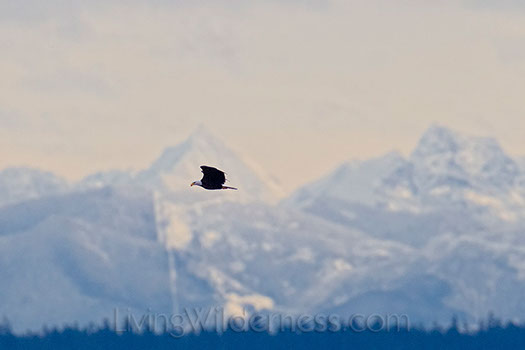
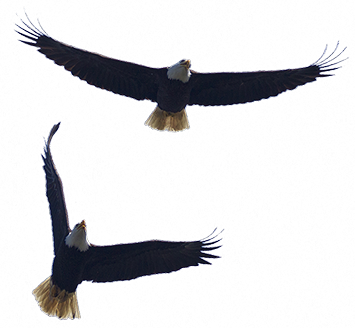
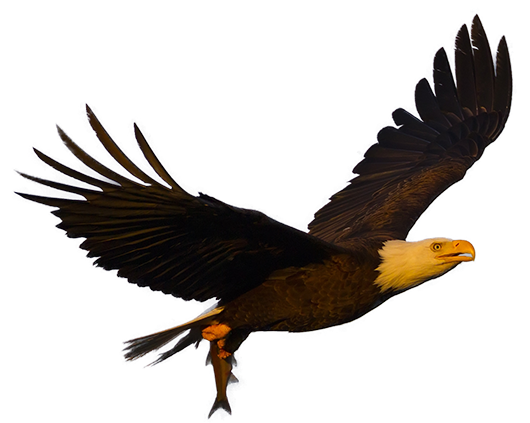
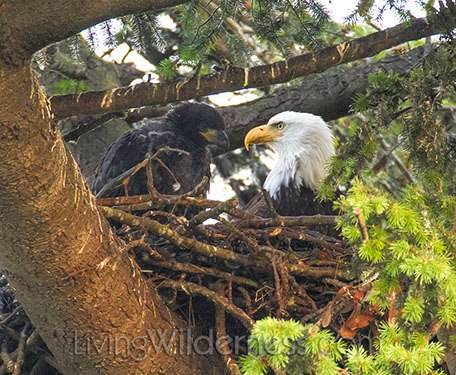
...and six weeks.
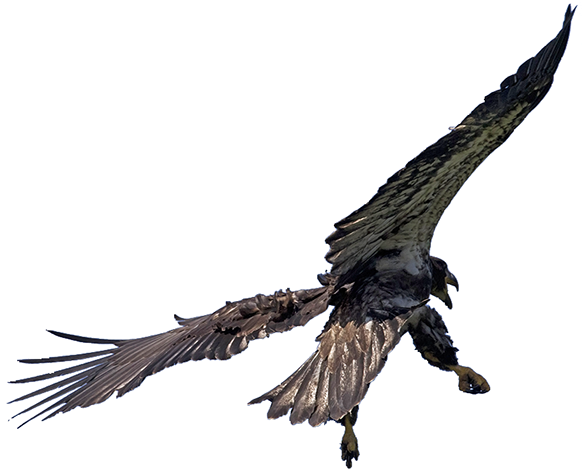
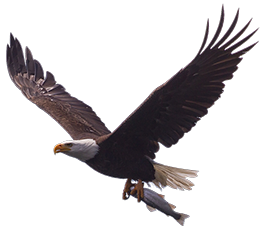
Year of the Eagle
A Year in the Lives of Pacific Northwest Bald Eagles

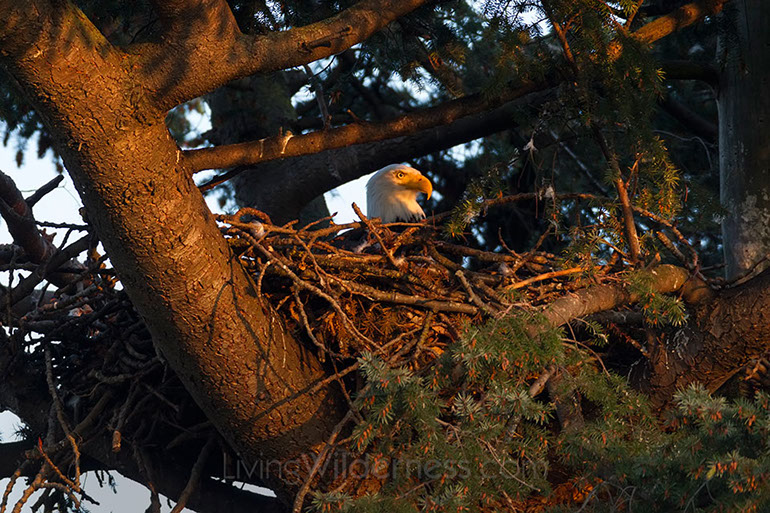
Bald eagles mate for life and reuse their nests, adding a little material each year. They hold the world record for biggest bird nests. One was 20 feet deep and weighed 3 tons.
Eaglets hatch from their eggs after 35 days; siblings hatch a couple days apart.
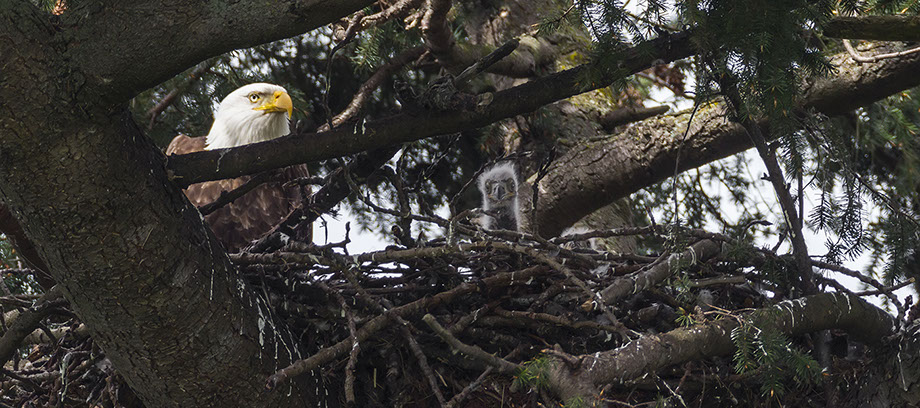
Young eagles grow fast, gaining an average of one pound per week...
...so their parents have to hunt almost constantly. That's one of the reasons nests are almost always next to fish-filled lakes.
Parents also have to protect their young from angry crows.
The eaglets after two weeks...
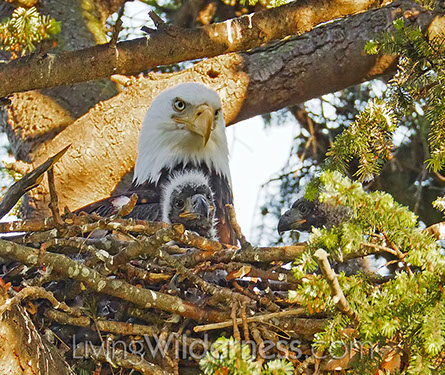
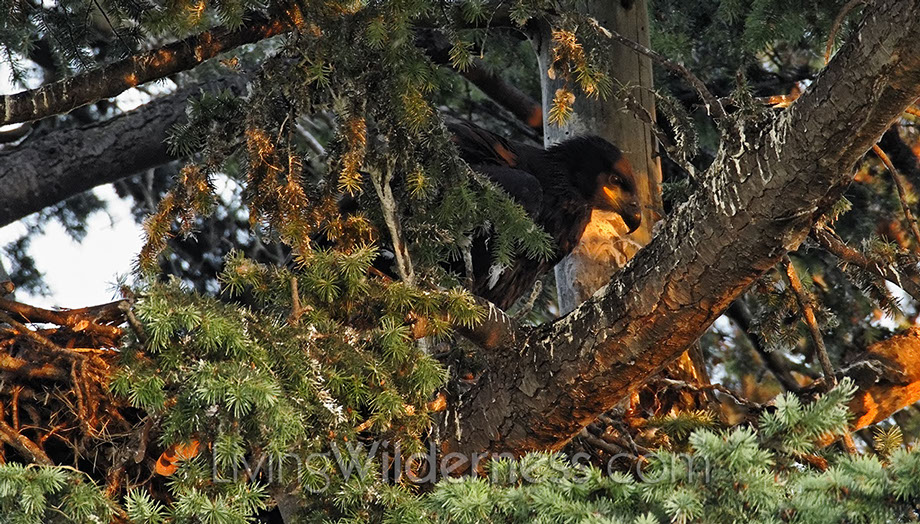
Eaglets spend hours looking over the edge of the nest.
They furiously flap their wings to build strength, shed baby feathers, and feel the sensation of flight.
Next, they hop from branch to branch. When they run out of room, they fly to the next tree. It's a short, loud flight. They may scream the entire time.
They may play games like "tag" and "catch" to perfect their flight skills.
As the salmon return to rivers to spawn...
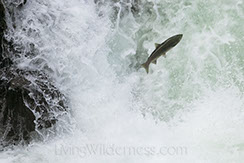
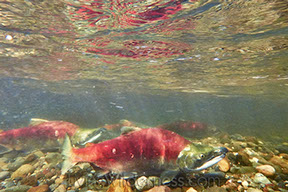
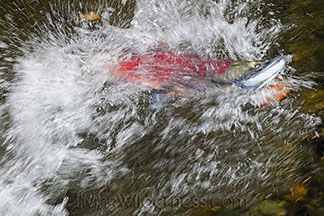
...the young eagles leave the nest for good.
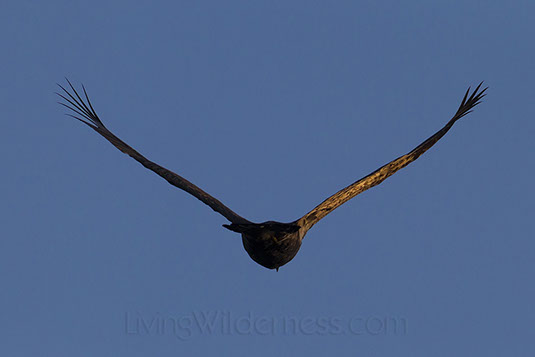
Many end up in the North Cascades or Coast Mountains. In rivers like the Skagit, Nooksack, and Squamish, they join hundreds of other eagles — adults and juveniles — feeding on spawned-out salmon carcasses.
When the salmon runs end, the story starts again. See more of the story in the book, Year of the Eagle.
© Copyright 2000-2021 Kevin Ebi/LivingWilderness.com. All rights reserved. Do not use images or video without permission.
Year of the Eagle